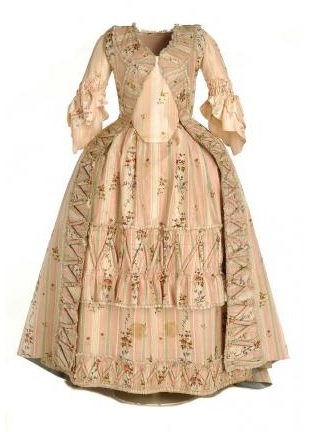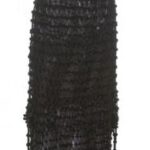
Spanish clothing at the end of the 18th century shows a transformation derived from the French Revolution whose main characteristic is the liberation of the body through the elimination of structures that constrained the body, facilitating mobility. This maja dress was most popular in 18th century Madrid. The movement arose in popular neighbourhoods such as Maravillas, Lavapiés and the Rastro. This phenomenon arose as a counter-movement to the petimetres and currutacos, members of the petite nobility who reproduced the customs and dress of the aristocracy through the use of wigs, three-cornered hats, ribbons and lace. The popular character of this dress projects an image related to leisure activities and the type of trades carried out, generally linked to guild circles and trade; it was therefore meant to emphasise an identity and the embodiment of a series of values. The figure of the majas, dedicated to tasks such as sewing or running taverns, has a romantic predisposition fuelled by a certain nationalist component to reaffirm an identity in the face of French influences, which led aristocratic circles to adopt it for themselves, as in the case of the Duchess of Alba (portrayed by Goya) or the Countess of Chinchón. This dress is made up of a doublet and a basquiña: the doublet is the upper buttoned garment, while the basquiña is the lower garment that extends down to the ankles and is decorated with lace, braid or frills.
Collection: Images
Project: 11. Science and culture as representation in Europe., 4. Family, daily life and social inequality in Europe.
Chronology: XVIII
Scope: Secondary Education, Baccalaureate, University
Link: https://museosenfemenino.es/museo_traje/cuerpos-modelables/vestido-de-maja
Resource type: Image
Source: Museo del Traje (Madrid)
Language: Spanish
Date: 1801
Owner: Álvaro Romero González (Modernalia)
Identifier: NS/NC
Copyright: Museo del Traje (Madrid)
Abstract: 19th-century French-influenced maja madrileña dress
Image
Tags






